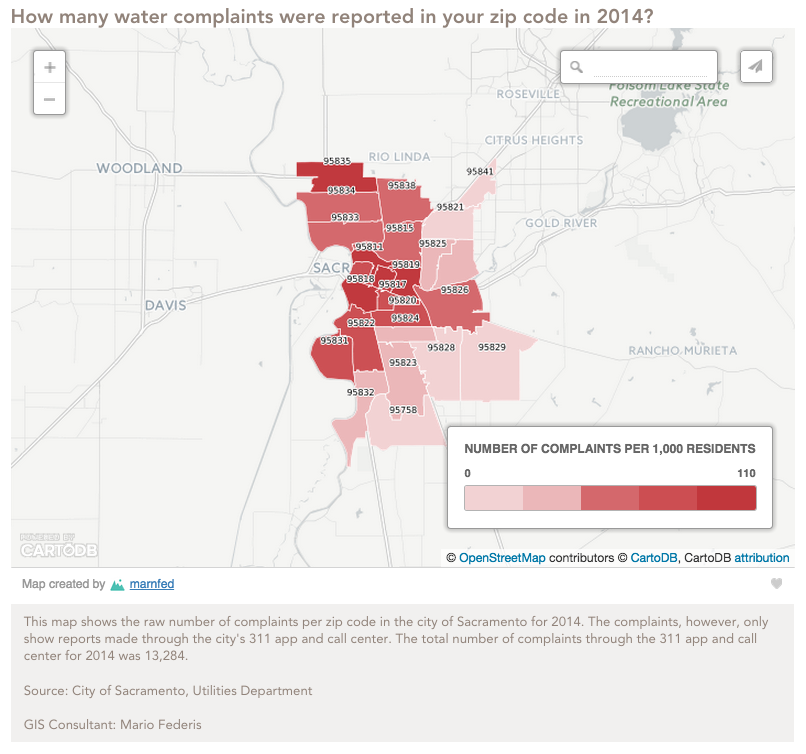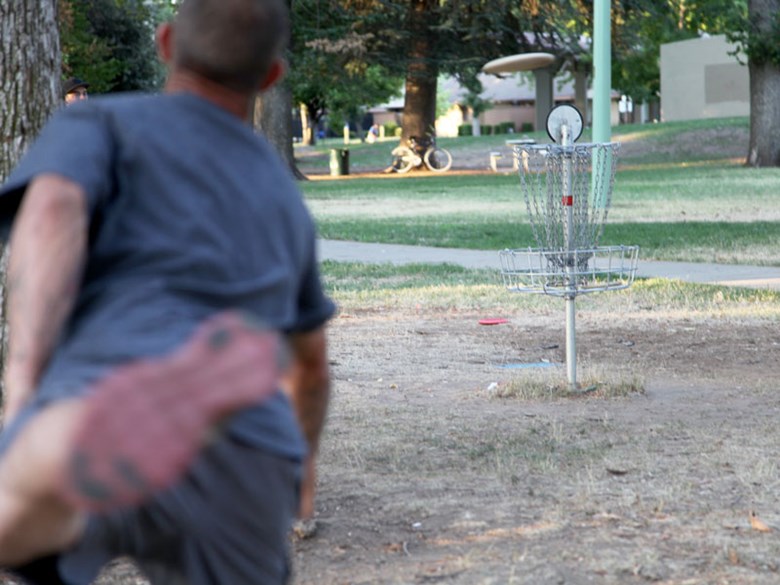Long known as one of the most violent cities in California, Oakland is taking a novel step to try to reduce crime: empowering children to train one another in violence prevention.
A non-profit program trains high school students and then deploys them to middle schools in the city to talk to younger students about guns, gangs and unhealthy relationships. The hope is that a message of non-violence will have more impact coming from fellow teens.
Teens on Target is an initiative led by the Oakland-based group, Youth Alive! Each year, 30 students at Castlemont Community of Small Schools study violence prevention before fanning out around the city to spread their gospel.
On a recent afternoon, students in an East Oakland classroom flipped through magazines searching for words to snip out of the pages. They cut out the words “Survival Guide,” “Beautiful,” and “50 reasons to have hope,” ready to be put into a collage. The idea was to find the right words and images to describe what they had learned over the past year.
In a city that consistently ranks high in homicides and violent crimes – there were 103 murders in Oakland in 2011, an increase from 90 the previous year – Teens on Target is one effort that advocates say is helping curb violence through education, advocacy and community building.
“(In the classroom), kids usually talk about history, math,” said Caheri Gutierrez, a violence prevention educator with Teens on Target. “We come in and we give them a space to talk about real stuff, real issues that are going on.”
In the first semester, participants delve into what causes violence, listen to speakers who have lost loved ones and talk about the city’s crime statistics. The teens also are trained in public speaking and encouraged to examine how violence has affected their lives.
During the second part of the school year, the teens move out to middle schools to hold workshops about the different types of violence and ways to prevent it.
It’s a win-win for all students involved, advocates say. The high school students, who are compensated with a small stipend, gain professional and development skills, as well as self-confidence.
“Once you’re in front of the kids, they’re all listening to you, so that makes me feel like I’m a good influence,” said Marianne Williams, a junior with Teens on Target. “No matter what’s going on at home, no matter what’s going on at school, it’s something I can look forward to doing, and you feel good.”
Meanwhile, the middle schoolers are more apt to take in the message of staying away from guns, gangs and drugs when it comes from older peers.
“Middle school is the point at which kids decide what they’re going to be like in high school,” said Jennifer Almendarez, a junior. “It’s more likely they’ll listen to you because you’re actually in high school … you’re not just another adult pushing them around.”
Teens on Target was established in 1989 and has been recognized by both national and local leaders. It’s one of the three components of Youth Alive!
Since the early 1990s, Teens on Target has trained as many 830 students and presented the curriculum to more than 40,000 young people in Oakland and Los Angeles.
Demetria Huntsman, program coordinator for Teens on Target, said many of the students have experienced trauma in their lives but aren’t comfortable sharing that trauma, identifying it and seeking help.
She said students learn about decision-making and ways to alter behaviors – for example, staying away from people who carry guns – in order to stay safe.
“Anytime you hang out with anybody carrying a gun you are three times more likely to be injured by a gun. Period. That’s a statistical fact,” Huntsman said. “That statistic doesn’t say you love this person any less…but it is a true fact, and so now you have to make healthy decisions based off of that statistic.”
The high-schoolers also use their own stories to get the message across.
Briana Dunn, a senior and participant of Teens on Target, is a victim of gun violence. At the beginning of the academic year, while waiting for a bus after school, she was shot in the foot. Another boy, the primary target of the shooting, was also injured.
“I’ve seen violence in movies before but I never thought I would be in that position,” Dunn said.
Recovery is ongoing for Dunn. At nights, when she hears gunshots in the distance, her anxieties come back and it brings her to the moment when the bullet hit. But she says being part of Teens on Target and telling her story to middle schoolers has made her deal with the trauma.
Overall homicide rates declined in Oakland between 2007 and 2010. But 2011 saw a spike in murders compared to the previous year. Out of the 103 homicides in the city last year, about half of the victims were under 25 years old. Nearly all of those incidents involved a firearm.
What made 2011 particularly tragic were three instances in which the shooting victims included kids under five years old. The deaths sparked outrage within the community. They also became a part of discussions within Teens on Target.
“We’re not in a bubble of this violence prevention curriculum, we are really conscious of and are focused on (what’s going on) in the community,” Huntsman said.
The root cause of violence in the city, especially acute in the West and East Oakland neighborhoods, is hard to pinpoint, advocates say.
Huntsman said many of the high school and middle school students she talks to have stories of loved ones being shot or family members becoming victims of violent crimes. But the most disturbing of these stories are ones about how easy it is for kids to access guns.
“If you ask them who in here can get a gun, in five minutes, all of them will raise their hands,” she said. “It’s a reality that lets us know how prevalent weapons are.”
That prevalence is what Teens on Target is trying to fight against.
“To them, that’s just the way it is,” Huntsman said. “Once you educated them on all of these different areas of violence, they definitely become connected to the root causes and see that those causes really can be changed. It may not happen in their lifetime, it might take more work than they might have perceived, but it is possible.”
© Copyright The Sacramento Bee. All rights reserved.
Read more here: http://www.sacbee.com/2012/06/24/4584670/eofpsejfpsefj-psefj-speo-jpjpoj.html#storylink=cpy



